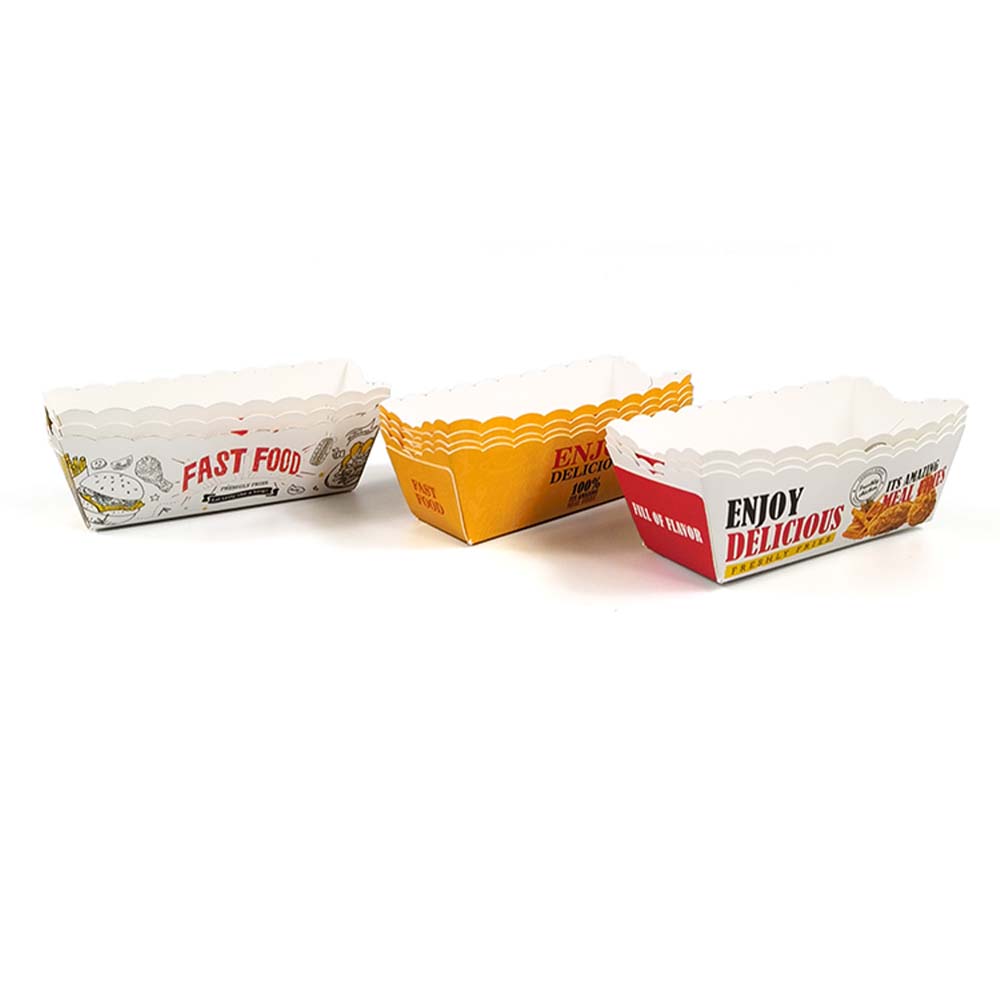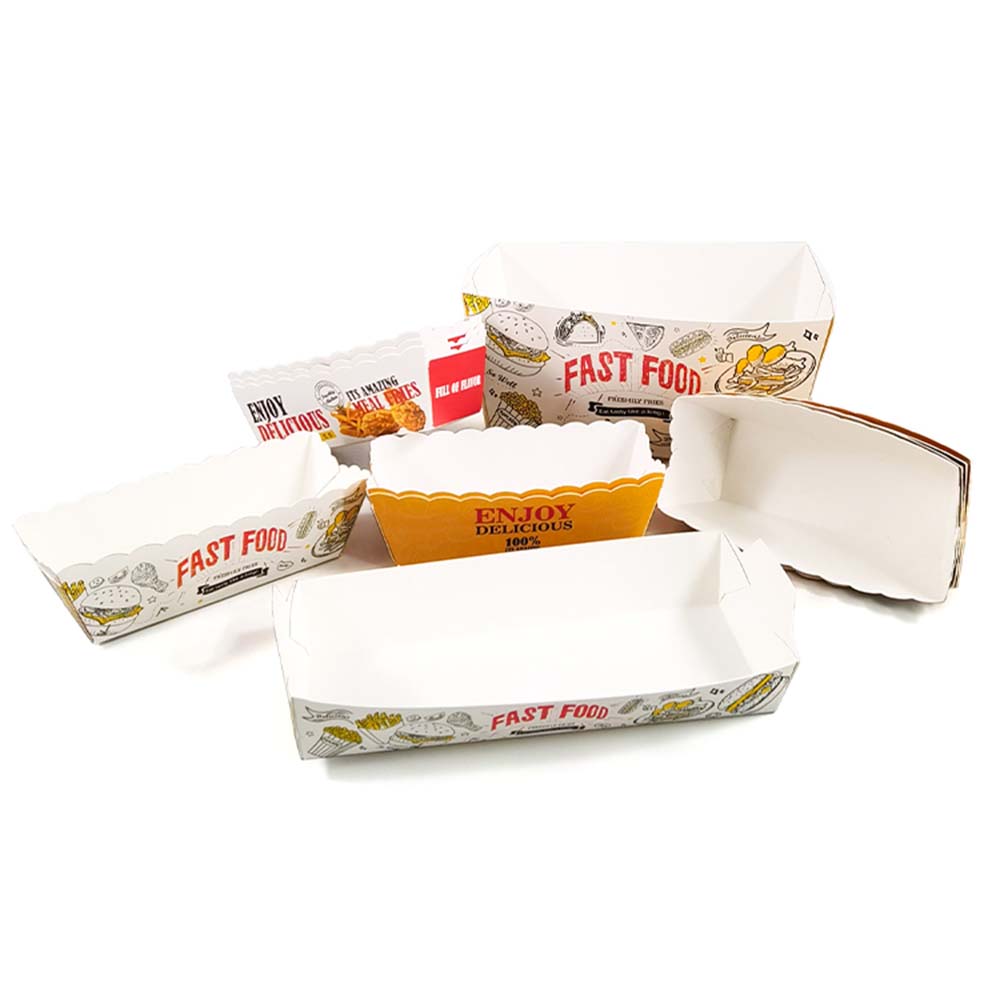Fast food boxes are more than mere containers; they’re an integral part of the fast food experience. These seemingly simple vessels play a crucial role in preserving the taste, ensuring convenience, and impacting the environment. Let’s dive into the depths of these boxes to understand their composition, evolution, impact, and future.
Understanding the Composition of Fast Food Boxes

Materials Used in Fast Food Packaging
Fast food boxes come in various materials, including cardboard, paperboard, plastic, and foam. Each material has its advantages and drawbacks, influencing factors like insulation, cost, and environmental impact.
Environmental Impact of Fast Food Boxes
The disposal of fast food boxes contributes significantly to environmental concerns. Exploring the recyclability and biodegradability of these materials sheds light on their sustainability quotient.
The Evolution of Fast Food Packaging
The evolution of fast food packaging refers to the gradual changes and improvements seen in how fast food is packaged and presented to consumers over time. This evolution involves shifts in materials used, design choices, and even sustainability efforts. It’s a fascinating journey that showcases the development and adaptation of packaging to meet changing consumer needs and environmental concerns.
Benefits and Drawbacks of Fast Food Boxes
Convenience and Portability
Fast food boxes offer unmatched convenience, allowing consumers to enjoy their meals on the go. However, the reliance on single-use materials raises concerns about waste management.
Health and Environmental Concerns
The use of certain materials in fast food packaging can pose health risks, especially when exposed to heat. Additionally, the environmental impact of non-biodegradable materials is a growing concern.
Innovations in Fast Food Box Design
Innovations in fast food box design encompass the creative and forward-thinking changes happening in how these boxes are crafted and structured. These innovations often involve advancements in materials, shapes, and features aimed at improving functionality, aesthetics, and sustainability. They reflect a drive within the industry to create packaging that not only serves its practical purpose but also aligns with environmental consciousness and consumer preferences.
| Innovation Type | Description |
|---|---|
| Sustainable Materials | Adoption of biodegradable, compostable, or recycled materials to reduce environmental impact. |
| Modular Designs | Boxes with customizable compartments or sections for different food items, enhancing convenience. |
| Smart Packaging | Integration of technology for temperature control, freshness indicators, or interactive elements. |
| Minimalist Packaging | Streamlined designs that reduce material usage without compromising functionality or durability. |
| Edible Packaging | Development of edible or edible-coated packaging to minimize waste and encourage sustainability. |
| Interactive Packaging | Engaging designs or features that interact with consumers, such as puzzles, games, or QR codes. |
| Stackable and Compact | Boxes designed for efficient stacking and storage, optimizing space and transportation. |
| Visual Brand Storytelling | Packaging that visually narrates the brand’s story or values, creating a connection with consumers. |
The Role of Fast Food Boxes in Branding
The role of fast food boxes in branding pertains to how these packaging containers serve as powerful tools for showcasing and reinforcing a brand’s identity. Through custom designs, logos, colors, and packaging styles, fast food boxes play a crucial role in creating brand recognition and influencing consumer perception. They contribute significantly to the overall brand experience, often leaving a lasting impression on customers and shaping their opinions about the food and the brand itself.
Impact of Fast Food Boxes on Consumer Behavior

The impact of fast food boxes on consumer behavior refers to how the packaging influences customers’ perceptions, choices, and actions. The design, material, and presentation of these boxes can affect how consumers perceive the quality, value, and even taste of the food inside. It plays a role in shaping preferences, influencing purchasing decisions, and even creating a connection between the consumer and the brand. Understanding this impact helps businesses tailor their packaging strategies to better resonate with their target audience and drive consumer engagement.
Sustainability Efforts in Fast Food Packaging
Sustainability efforts in fast food packaging highlight the industry’s endeavors to create more environmentally friendly and responsible packaging solutions. This involves using recyclable, biodegradable, or compostable materials to reduce the environmental impact of packaging waste. Companies are exploring innovative ways to minimize the use of single-use plastics, opting for materials that are friendlier to the planet. These efforts aim to address growing concerns about pollution and waste by promoting more sustainable practices within the fast food packaging sector.
Regulations and Guidelines for Fast Food Boxes
Regulations and guidelines for fast food boxes encompass the rules, standards, and protocols set by authorities to ensure the safety, quality, and environmental impact of packaging used in the fast food industry. These regulations often cover aspects such as material safety, labeling requirements, recyclability, and disposal methods. They are designed to safeguard consumer health, promote responsible packaging practices, and mitigate the environmental impact of packaging materials. Compliance with these regulations is essential for businesses to uphold quality standards and demonstrate commitment to sustainability and consumer welfare.
Future Trends in Fast Food Box Design
Future trends in fast food box design encompass the anticipated developments and innovations expected to shape the packaging of fast food in the coming years. These trends involve advancements in materials, technologies, and designs aimed at enhancing functionality, sustainability, and aesthetics. Anticipated changes may include a greater emphasis on eco-friendly materials, innovative packaging solutions that reduce waste, and designs that enhance both the user experience and environmental impact. As the industry progresses, expect to see more creative and sustainable approaches to fast food packaging.
Conclusion
Fast food boxes are not just containers; they represent a balance between convenience, branding, and sustainability. As the industry progresses, a shift towards eco-friendly solutions becomes imperative for a healthier planet and consumer consciousness.
FAQs
- Are fast food boxes recyclable?
Fast food boxes made of cardboard or paperboard are generally recyclable, but those made of certain plastics or foam may not be easily recyclable. - How can fast food boxes impact the environment?
Non-biodegradable materials used in fast food boxes contribute to landfill waste and environmental pollution. - What are some sustainable alternatives to traditional fast food boxes?
Sustainable alternatives include compostable materials, bioplastics, and reusable packaging options. - Do fast food boxes affect the taste of the food?
The material and design of fast food boxes can affect the food’s temperature and freshness, potentially impacting taste. - What can consumers do to reduce the environmental impact of fast food boxes?
Opt for restaurants that use eco-friendly packaging, recycle where possible, and consider reusable options for takeaway meals.
